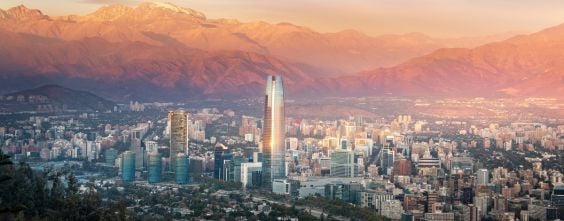Now that the precincts for transit-oriented development have been announced, what lessons can we learn from successful TODs in Sydney, including the former tram network (which moved more people in its heyday than Sydney Trains does now), and more recent urban development like Green Square? What can we learn from overseas?
Recent WSP transit-oriented development projects demonstrate that uplift around stations is best accompanied by a series of supporting principles that capitalise on rebuilding to achieve policy objectives. For example, reducing road-related carbon by 20% and achieving a 'green' transport mode share of at least 75% (in the case of Nanchang), and increasing mixed use, better streets for transit, managed parking, engaging public spaces, affordable housing and social value (in Raileigh).
These principles also can maximise liveability for the future community and offset some of the unintended consequences of uplift such as congestion that would result from 'business as usual'. Poorly done, densification could undermine the 'transit' intent of the precincts as well as squander our social license and chance for transformative change.
In the NSW context, an equitable approach to Transit-Oriented Development could start with these seven principles:
- Ensure that the key centre uses are in each precinct, including shops, a primary school, parks and community facilities. St Marys in Western Sydney, for example, has only 1% of its 400m catchment above 35dw/ha and is ripe for growth. Further to this, only 40% of people in that same catchment are within walking distance of a supermarket and 54% within walking distance of a school. Plans like the St Marys Structure Plan are required to improve both the residential and non-residential offer that complements it.
- Set overall density targets to avoid low to mid rise development squandering the opportunity for greater uplift. New hubs need to ensure development (such as dual-occupancy) does not prevent meaningful change. Generally, <30% single dwellings, and 30dw/ha are the lower limits for walkable neighbourhoods so the codes should avoid lower density outcomes in transit-oriented precincts (e.g.: dual occupancy on 500sqm blocks).
- Build excellent walking and cycling infrastructure - starting with regional cycle networks. This connects people to stations and encourages sustainable short trips, for vibrant streets that deliver a desirable street address, and encourages mid-block links where the urban fabric is too coarse (e.g. blocks over 250m long). Plant trees along key routes to provide shade.
- Set maximum car parking rates and minimum cycle parking rates to reduce development costs, encourage active travel and minimise congestion. Recent proposals, such as NSW’s proposed changes to low-and mid-rise housing still perpetuate minimum car parking rates even in transit-centric locations (albeit at slightly lower rates).
- Avoid new apartment development near busy roads and rail corridors. Residential buildings on these corridors struggle to achieve basic amenity and are better used for shops, services and offices. Like the former tram routes on Victoria Road, Military Road and the Pacific Highway, linear centres along the rail line, clustered at stops, can also help residents make sustainable trip chains as well as buffer residential from noise.
- Retain a social license for new development by starting with social infrastructure to support that uplift at the core, including smaller, walkable local schools and local community facilities. This is a feature all-too-easily forgotten, from the Grand Avenue in Ebenezer Howard's garden suburb with its churches and schools, best seen in plans for Daceyville's Banks Avenue (which realised the primary school and church, but did not achieve its planned tram, shops and maternity hospital).
- Build social value for the existing community through programs like the London Tunnelling Academy and Battersea Power Station, small business grants, and/or minimum affordable housing targets to support key workers, as advocated by the Committee for Sydney and others.
Click here to read more about Transit Oriented Development or contact Marc below.















